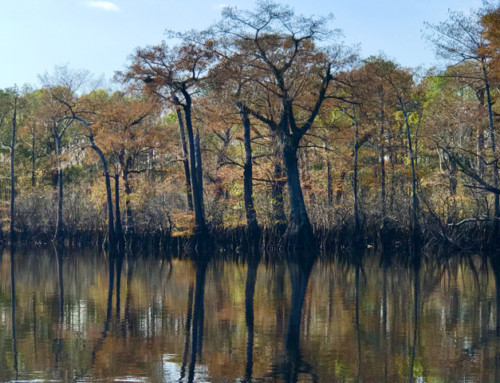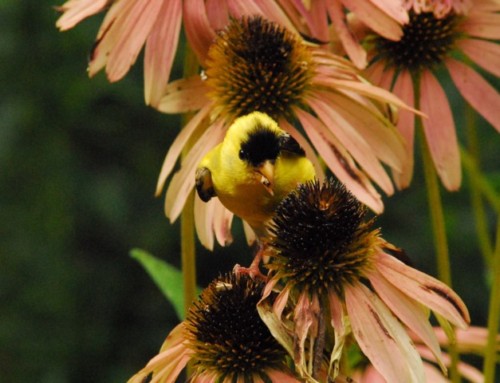A Photo Series from NC photographer and naturalist Tom Earnhardt
Measuring Time
How do you measure a year? More importantly, how do you measure or quantify time. Do you just count years, months, and days? If you live by the sea, perhaps counting full moons or high tides is a better measure of time? Do you add together new friends, hugs, and sun rises? And why not also count hills climbed, children taught, discoveries made, songs sung, letters written, and lives touched?
In March, 2020 we commenced what for many North Carolinians has been a time of isolation and loss. Now, 12 months later we mark the waning of the pandemic in North Carolina and measure its impact. Each of us has heard friends and commentators classify the time of COVID as a “lost year,” and others describe the same 12 months as feeling like a “20-year ordeal.” The way we remember this time can affect the way we move forward.
When I think of time measurement, a Sunday school class more than a half century ago still stands out. It started when our teacher, a gentle woman with mostly gray hair, began the morning lesson by telling her captive audience of 11- and 12-year-olds that Methuselah had lived to be 969 years old. She quickly added that his grandson, Noah (of Noah’s Ark fame), had reached the advanced age of 950 years. Like a tough jury, the class of a dozen preteen skeptics quickly pronounced its verdict on that Sunday morning lesson: “No way!”
As a group each of us had a relative who had lived into their 80s, or even 90s, but 969 years? We bombarded the teacher with all the hard questions. Did early cultures have different calendar systems for calculating time and years? Could Methuselah’s life have been measured by 969 full moons? A few young pessimists even asked the ultimate question: who would want to live 969 years?
It may seem strange, but for me, many of the questions raised in that long-ago class still resonate. I believe it is within our prerogative to measure time creatively.
The natural world has always given us a variety of ways to mark and observe the passage of time. Does winter end with the departure of tundra swans or with the arrival purple martins, both events occurring in March? Should we count the first wildflowers—like the bloodroot blooming in my yard—or the flowering of redbud and dogwood as the start of springtime? For those on an eastern river, can there be springtime without shad and herring? And if you live in our mountains the change of seasons is surely dictated by altitude, not the calendar. In nature the number of Tar Heel seasons is limited only by your imagination.
As humans, we should not pretend to impose our understanding of time on the lives of other creatures. Pelicans, bald eagles, and swans can live more than 20 years, but much of their time is spent high above earth and water. The lifespan of high-speed ruby-throated hummingbirds may be four to five years, but in each of those years it will fly to Central America and back. The loggerhead turtles hatched on Tar Heel beaches will rarely touch land during their 70 to 80 years at sea. The pilot whales I have seen at Cape Lookout can navigate oceans for more than 60 years, and bowhead whales can thrive for 150 to 200 years near the Arctic Circle.
Most adult butterflies in North Carolina move from flower to flower for two weeks to a month. And then there are the many mayfly species that emerge on gossamer wings from clear rivers, and fly for only one day before their time is complete.
Most of us are familiar with “dog years,” roughly 7 to 1 in human time. Who’s to say that 10 or 15 years with two square meals a day, treats, squirrels to chase, and endless “belly rubs” is not an extraordinary life?
This brings me back to the question, how should we quantify or measure time? A number of years ago I started thinking about human time much like growth rings on a tree? When you count the rings on any tree you’ll notice all rings are not the same. Some are thick and wide, and some are so thin as to be almost invisible. Wide rings on a tree usually indicate plenty of rain, the right minerals, and time in the sun for growth. Narrow tree rings, can indicate a cool growing season, drought, or inadequate nourishment—stunted growth. Some rings will even show scaring from fire or disease.
Isn’t it the same with our “human years?” Some of our years (annual rings) are full and wide, while others are narrow or scarred. For some of us, the last 12 months will register as a difficult time with little growth. For others, even with pandemic restrictions and separation from friends, recent months may have been a time of inclusion, discovery, and development.
Looking back, we will all recall the separation from others and the use of masks around close friends and even family. While taking stock of 2020, also reflect on the notes written and received, the courage of our children, the support of a spouse or partner, the warmth of friends, and the kindness of strangers. This past year we have all gained a new appreciation for the essential workers who make every life better and for the selfless efforts of heroes in our midst. Finally, as a society, we can hope that events of recent months will mark the beginning of an era when social justice becomes part of every American dream and when democracy is truly cherished.
I will remember important people and moments, but I will also savor the unexpected gifts from nature. I will recall a dazzling sunrise in a winter forest covered with frost and rare Tar Heel orchids on the hottest day of summer. I will think of diminutive endangered woodpeckers that showed up just as I packed my camera equipment and swans that finally flew over the moon. I will smile at the memory of black bears, alligators, and a friendly rattlesnake. I will celebrate time in my rowboat and remember the moment on the sand “cliffs” high above the Chowan River.
So how will you calculate time and how wide are the “rings” of your years? In looking back, remember the “little things” that made your life richer, and don’t forget to count the many seasons not shown on the calendar. With a little creative accounting, perhaps we can all experience 969 years.
May your days be full and your rings be wide.
Tom
Does North Carolina’s winter end with the March departure of tundra swans and snow geese (Photo #1)?

And does your spring officially begin with the blooming of the first wildflower, like this early March bloodroot in my yard? (Photo #2) Or with the flowering of dogwood and redbud?

In our high mountains you can count and celebrate each season, over and over again by changing altitudes. Here, Grandfather Mountain can be seen with early summer at the bottom, spring in the middle, and winter at the top. (Photo #3)

Pelicans (Photo #4) and bald eagles can live 20 “human years” with much of their time flying high above the earth.

Every spring and summer several species of mayfly emerge from North Carolina’s clear mountain rivers and fly for only a day, but what a day it must be! (Photo #5)

You can make the “growth rings” of your years wider by greeting an endangered red-cockaded woodpecker or a bluebird couple on a cold March morning in the Sandhills. (Photos #6 and #7)


Unexpected gifts from nature, like this Brunswick County yellow-fringed orchid on a hot July day, can add years to your days. (Photo #8)

All photos in this series are by Tom Earnhardt. Narration by Tom Earnhardt except slight editorial corrections






